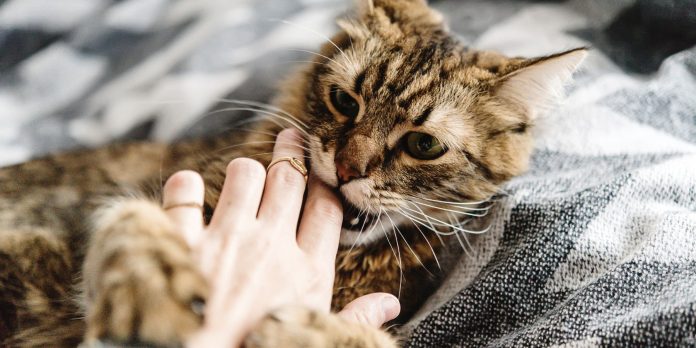Disciplining a cat can sometimes feel like an impossible task. As a cat owner myself, I’ve learned through trial and error that cats require a different approach compared to other pets.
Here’s a beginner-friendly guide on how to effectively discipline your cat.
Step 1: Understand Your Cat’s Behavior
First and foremost, understand that cats don’t act out of spite or malice. Usually, unwanted behaviors are natural instincts or a response to their environment. For instance, scratching furniture is a natural way for cats to mark their territory and keep their claws sharp.
Step 2: Use Positive Reinforcement
Positive reinforcement is key. Cats respond well to rewards. When your cat exhibits good behavior, reward them with treats, affection, or playtime. This encourages them to repeat these good behaviors.
Step 3: Provide Alternatives
If your cat is engaging in unwanted behaviors, like scratching furniture, provide them with acceptable alternatives. Invest in scratching posts or toys that fulfill their natural instincts. Gently redirect them to these alternatives whenever they start the undesired behavior.
Step 4: Be Consistent
Consistency is crucial. Make sure all family members follow the same rules and use the same methods to discipline the cat. Mixed signals will only confuse your cat and make the training process harder.
Step 5: Implement Time-Outs
Time-outs can be effective for more severe behaviors. If your cat exhibits aggressive or overly hyperactive behavior, calmly put them in a safe, quiet room for a short period. This shouldn’t be a punishment but a chance for them to calm down.
Step 6: Use a Cat Harness for Outdoor Training
A cat harness can be an invaluable tool, especially if your cat tends to escape or exhibit unruly behavior outdoors. The harness keeps them safe and provides you with control during outdoor adventures, reinforcing good behavior.
Step 7: Avoid Physical Punishment
It’s important to never use physical punishment. Hitting or shouting at your cat will only scare them and can lead to more behavioral issues. It can also damage the trust and bond between you and your cat.
Step 8: Redirect Negative Behaviors
When your cat is doing something they shouldn’t redirect their attention. For example, if they are scratching furniture, gently move them to a scratching post. Always do this calmly and without anger.
Step 9: Keep Training Sessions Short
Cats have short attention spans. Keep training sessions brief and focused. A few minutes a day is sufficient. Long sessions can lead to frustration for both you and your cat.
Step 10: Create a Stimulating Environment
Many behavioral issues stem from boredom. Ensure your cat has a stimulating environment with plenty of toys, climbing structures, and interactive playtime. A happy cat is less likely to exhibit problematic behaviors.
Step 11: Understand Their Limits
Recognize that some behaviors are intrinsic to cats and may not be entirely eliminated. The goal is to manage these behaviors, not to change the fundamental nature of your cat.
Step 12: Be Patient and Understanding
Remember, patience is key. Changing behavior takes time. Be patient and understanding with your cat as they learn and adapt.
Conclusion
Disciplining a cat isn’t about punishment; it’s about guidance and understanding. By using these steps, you can effectively train your cat and strengthen your bond.
And remember, every cat is unique, so what works for one might not work for another. Stay adaptable, patient, and loving, and you’ll see the best results.
Have you tried disciplining your cat? What methods have you found effective? Share your experiences in the comments below. Let’s learn from each other and grow in our journey as responsible and loving pet owners!









